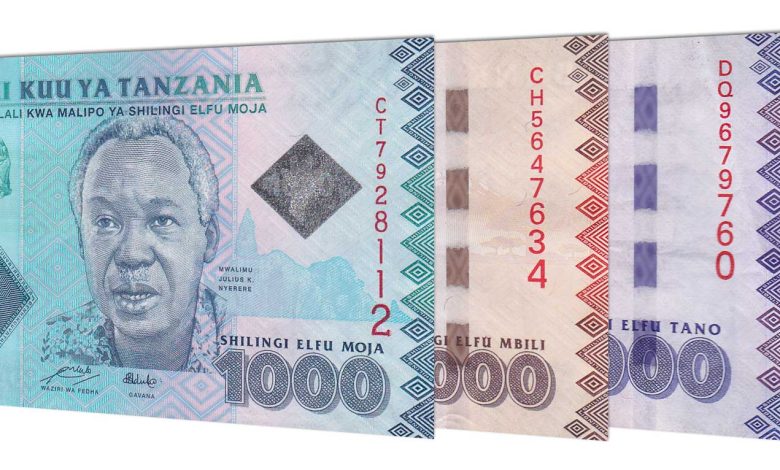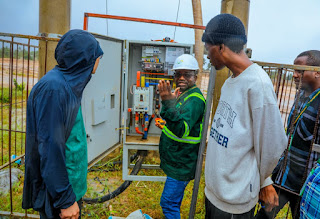Govt to consider Samia’s portrait on banknotes, coins

DODOMA: THE government will consider placing President Dr Samia Suluhu Hassan’s image on the country’s currency after consultation with Bank of Tanzania (BoT), Prime Minister Kassim Majaliwa said.
The Premier hinted on the possibility when answering an on-spot question posed by Ngw’asi Kamani (Special Seats-CCM), who wanted to know if the government was not finding it important to keep a permanent record of President Samia by having her portrait on the country’s currency.
Responding, Mr Majaliwa said the induction of images for various leaders is a decision that, in the past, was considered for the purpose of remembering and embracing their unique contribution to the nation, and especially the images of the statesman, Mwalimu Julius Nyerere and Shekh Abeid Amani Karume, the first presidents of the Union government and Zanzibar respectively.
He said the leaders’ images were also used as part of keeping their memories, adding that the images of wildlife on currencies are meant to promote the country’s tourism.
“The decisions to put presidents’ images on banknotes and coins are often made by themselves in consultation with the central bank,” said Majaliwa.
However, in her question, Ng’wasi argued that she is aware that in 2006 the National Assembly passed the Bank of Tanzania Act, 2006 of which section 27, sub-section 1 (b) guarantees minor changes on banknotes and coins including placing images.
She argued that in 2021 a female president assumed the country’s reins, who by her account is displaying an exemplary leadership performance which has been recognised across the African continent and the entire globe.
The legislator defended that the US Congress is currently in the process of passing a law, which will enable Harriet Tubman, a woman, an activist who played a critical role against slavery, to have her face inducted on the 20 US dollar banknote.
She said that currently in Africa, countries like Nigeria, Malawi and Tunisia have already considered induction of former presidents on local currencies, a move that is supported by the World Bank and the International Monetary Fund (IMF).





